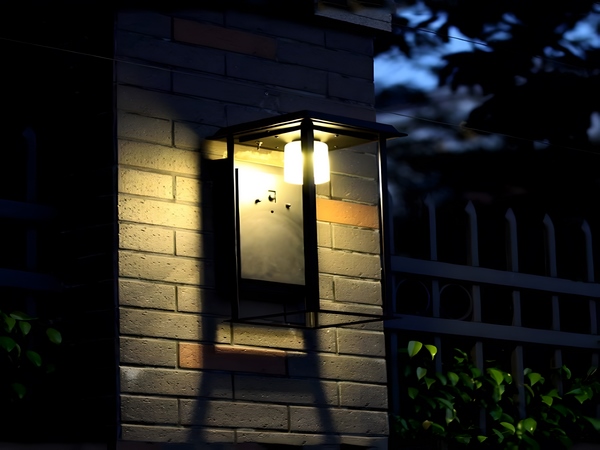

Solar street lights belong to a new generation of clean energy lighting facilities. Their emergence indicates that future energy will gradually shift towards more environmentally friendly clean energy sources such as solar energy, wind energy, hydrogen energy, and hydropower. The application scope of solar street lights has clearly extended to various corners of the globe and different fields. However, many users are unclear about the relationship between the price and configuration of solar street lights when purchasing. Below, I will provide a detailed introduction to this issue.
The relationship between solar street lights and their price varies with their configuration. Prices range from 700 to 1500 RMB, with power options from 30W to 200W, and lighting times from 8 to 12 hours; customization is available according to customer requirements. The specific price of solar street lights is relevant to their configuration. They consist of solar panels, batteries, LED light sources, controllers, lamp posts, and some auxiliary components. The main price is essentially the total of these components.
Customers need to provide the road width, whether single or double-arm street lights will be used, the spacing between lamp posts, and the desired brightness. Depending on the height of the lamp post, power supply, operating time, and rainy days, different configurations and schemes can be selected without specifying different prices. The same solar road lighting equipment utilizes solar energy as its power source. It combines solar power generation technology and LED lighting technology, achieving zero carbon emissions. The entire setup is easy to install, requires no grounding cables, and does not consume conventional electricity. It can be installed on-site wherever there is sufficient sunlight. Installation costs are low, making this technology a remarkable representative of new energy applications. It is also a primary development object for secondary highways and urban road lighting, as well as a key application in new rural areas. It is widely used in villager and tourism roads, urban and rural roads, campus paths, factory roads, and residential courtyards where illumination is needed.
Solar street lights are mainly divided into five parts: solar panels (power generation devices), batteries (power supply devices), LED light sources (lighting devices), solar street light controllers (control devices), and lamp posts (supporting devices). During the day, solar panels convert light energy into electrical energy, which is stored in the batteries through the controller system.
At night, the control system supplies electricity from the battery to the LED light source to achieve lighting effects. From an environmental protection and long-term benefits perspective, choosing solar street lights is wise. They are a clean, renewable energy source that does not consume conventional electricity, requires no electricity costs, does not necessitate cable installation, has low equipment maintenance costs, a short installation period, and a long service life. They feature long-lasting performance, independent power supply, good safety, minimal installation costs, and have much lower annual electricity costs compared to conventional street lights, which face high management and maintenance costs and require trenching and wiring. The one-time investment is roughly equivalent to the construction costs of traditional street lights, with the inexhaustible sun available as a one-time resource. Solar lighting is stable and reliable, with significant economic benefits.

The above information about the relationship between the price and configuration of solar street lights has been shared here. I hope this article is helpful to everyone. If you have any other questions regarding solar street lights, feel free to leave a comment. I look forward to discussing with you!



